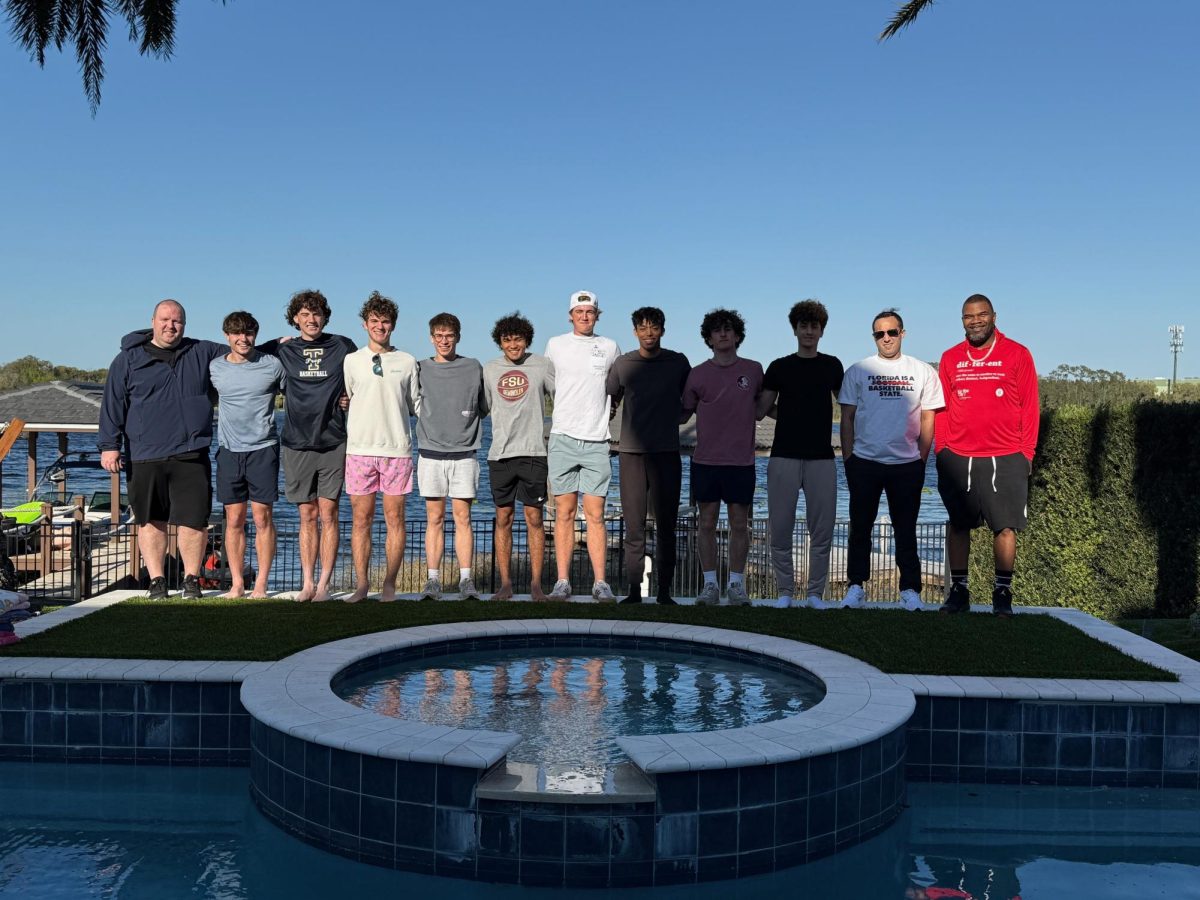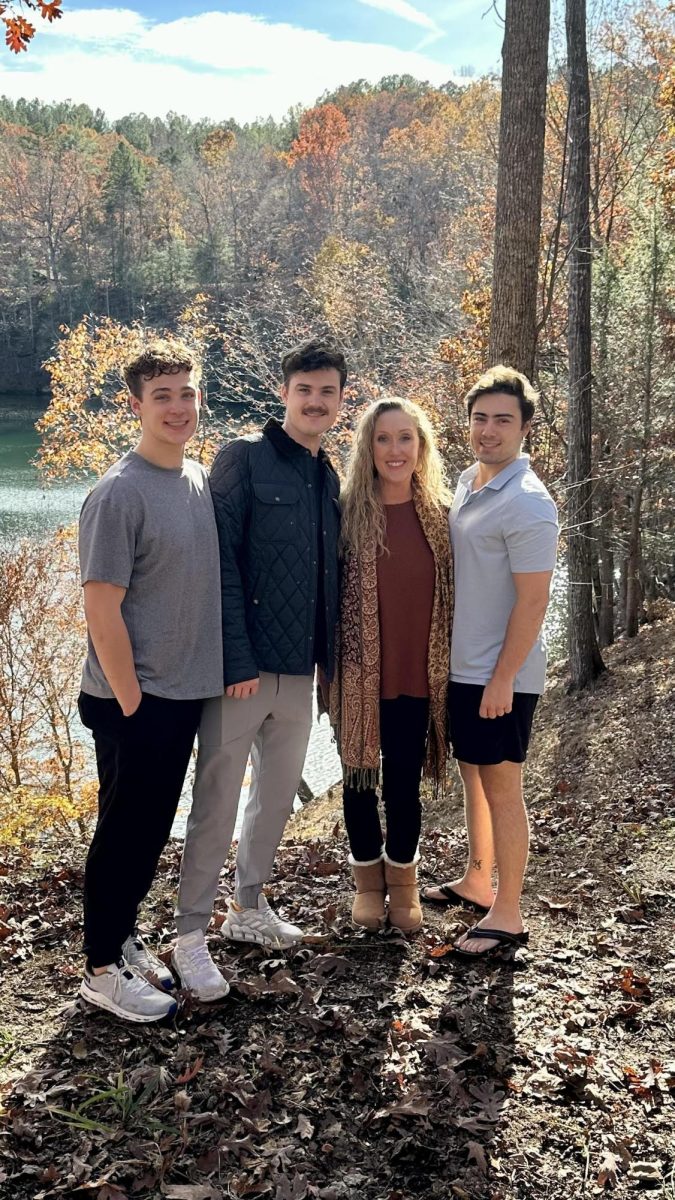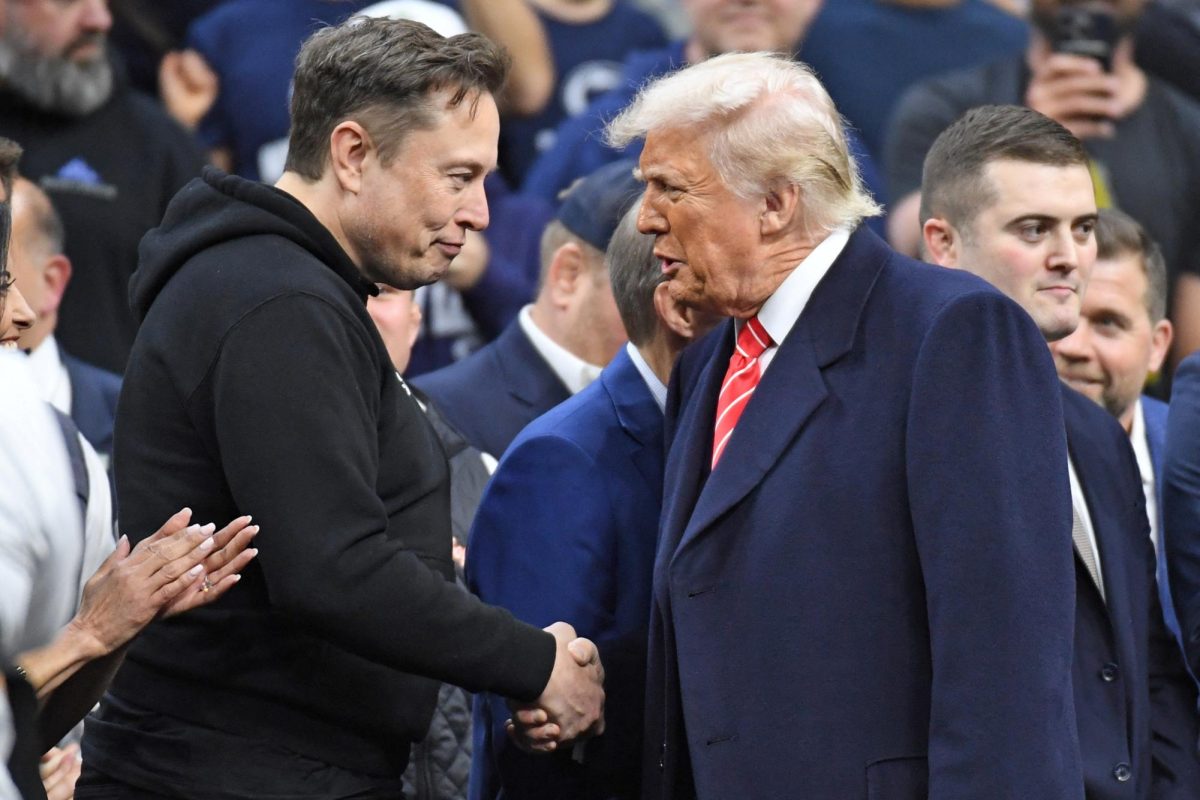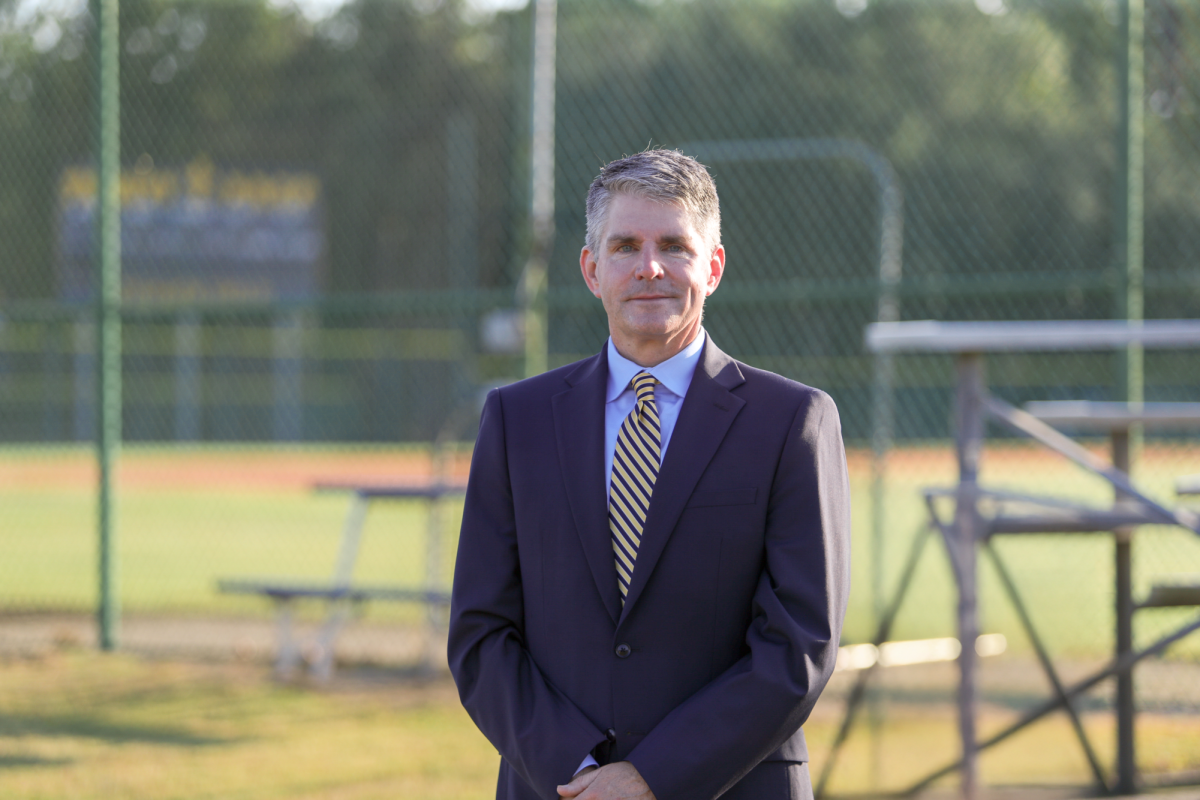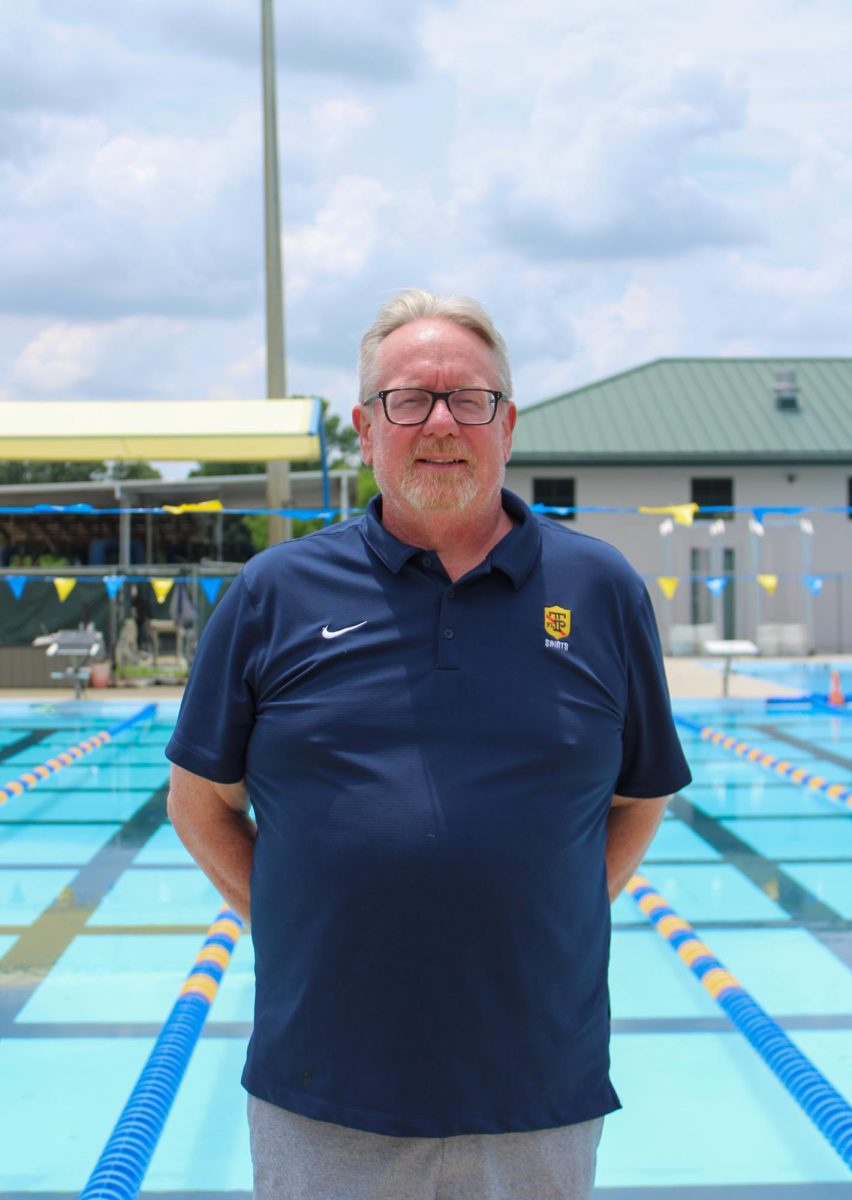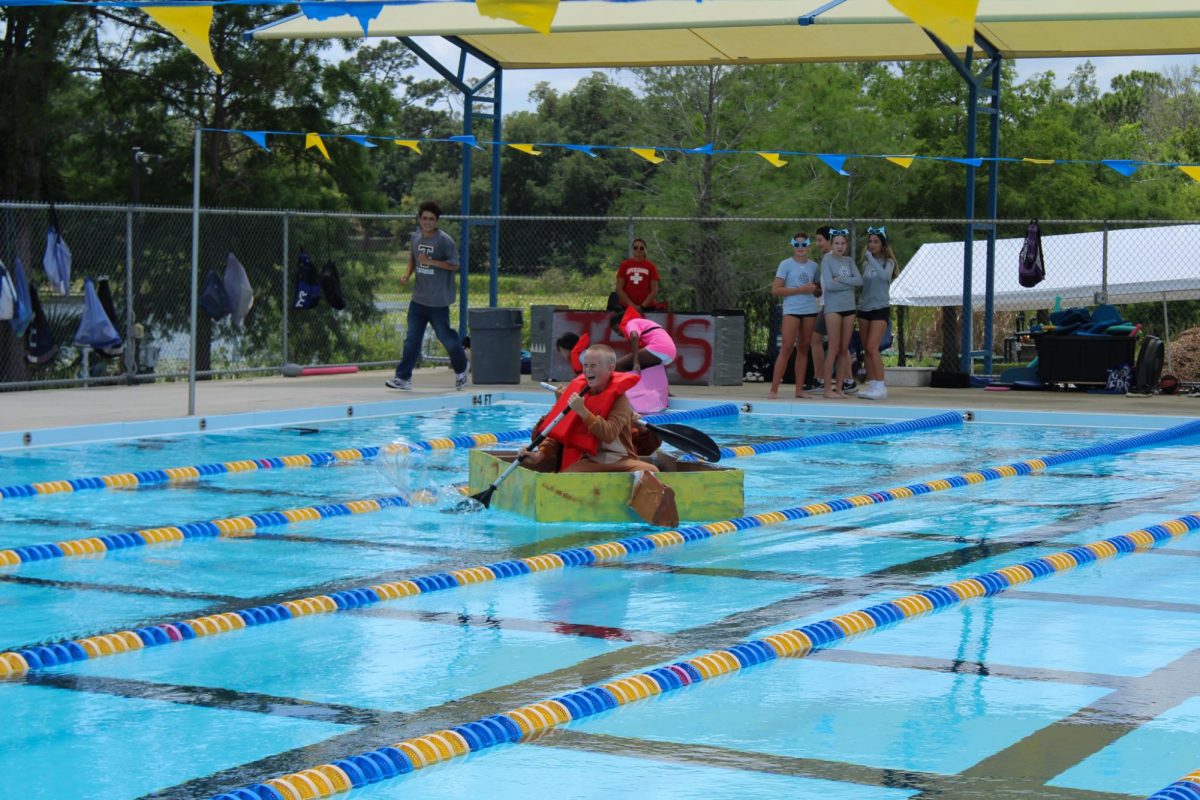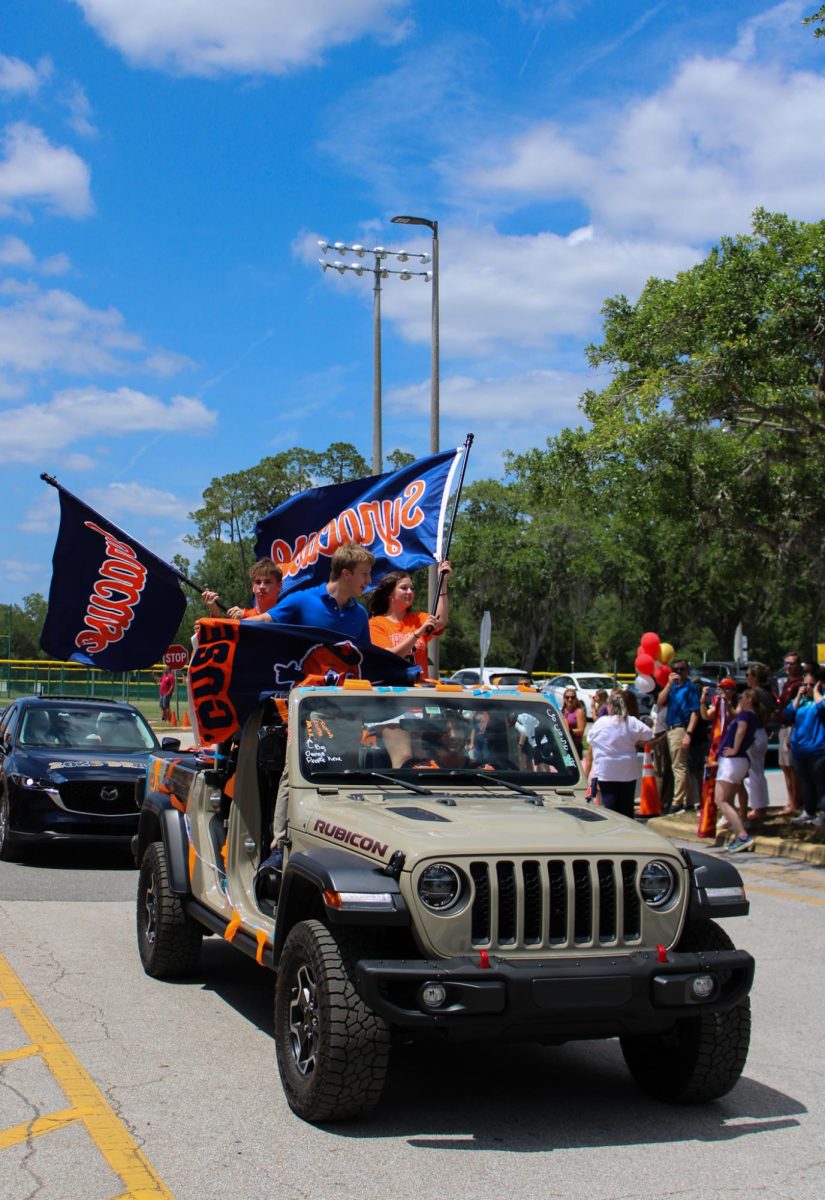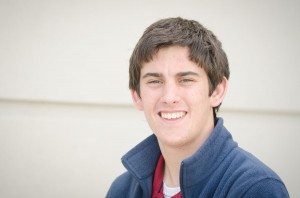Mike Toth, class of 1975, travels the world in search of historical documents that he can bring back to life. He is a pioneer of the future who has combined spectral imaging with the digitization of the images to make leaps in the field of archaology and challenge the limits of what is possible in his archaeological expeditions.
The analysis of documents and manuscripts requires a significant amount of time and effort; each document he studies must be checked thoroughly for clues that could help reveal more about the mysteries of the past. During an expedition to St. Catherine’s Monastery in the Sinai Desert, Toth and his team were studying palimpsests, skin parchments with words overwritten and scrapped from re-use over the years. Their mission was to discover what writing was lost in history on the palimpsests.
An imaging room was prepared to virtually dissect the palimpsests. LED tripods were placed in corners of the room to spread different forms of light from ultraviolet to infrared rays, over the manuscript. Each color reacted differently with the ink and paper, and cameras were able to capture thirty one image sets. Back and side lighting were then able to detect fine grooves where ink had dissolved parts of the skin parchment. These grooves were highlighted because the thinner material was more transparent in the light.
Fluorescent lights were assembled to analyze the palimpsests in greater detail. The fluorescent lights can reveal specific organic materials by penetrating into the manuscript and re-emitting different wavelengths. Contrasting it with the ink on the manuscripts, filters can enhance this reflected light because of the ink’s traits that block the fluorescence, making the ink intrinsically darker than the rest of the palimpsests.
The ink has faded over the years, but technology can uncover the print under layers of corrosion and is able to look into the works before they were deteriorated from re-use over the years in the monastery.
After the imaging process, Toth digitizes images from the ancient works, opening the door to a world of possibilities with the new data. The data can often be sent back to the United States and analyzed further.
When Toth was gathering data from ancient texts at St. Catherine’s Monastery, he accumulated 50 terabytes of information, which is approximately the same size as 10,000 full-length movies. This made it impossible to send overseas wirelessly. Toth was forced to process the information onto hard drives and ship them to the United States for further analysis.
“It’s a unique time for my field of work,” said Toth. “I am able to apply technology to study our culture. We can process the information and share it with others around the world.”
Mike Toth has had the opportunity to study documents of great historical esteem, including African explorer David Livingstone’s personal diary and a copy of the Gettysburg Address. Working with the U.S. Library of Congress, Toth examined David Livingstone’s notes which had been written down on pieces of newspaper, and he was able to obtain some of Livingstone’s personal anecdotes from his expeditions into the heart of Africa. Toth also investigated the Gettysburg Address and discovered that the speech was possibly tri-folded to fit into Lincoln’s pocket.
Toth’s work bridges the ancient with the contemporary, and he credits his success to his schooling. His strong background in science courses set him in the right direction. Soon after graduating from college, Toth traveled to Thailand, which increased his physical distance from Florida, but strengthened his bonds with the Trinity Family.
“Six years in one location brings you really close to the community,” said Toth. “And although the generations change, the Trinity community is still there. It was like a foundation that served as a root for me being so far away.”
Toth continues to combine the new and the old to make discoveries and understand more about the history of our culture.
He travels to the corners of the world, compiling information on historical artifacts and storing the revitalized information with the books and manuscripts the data originated from.




